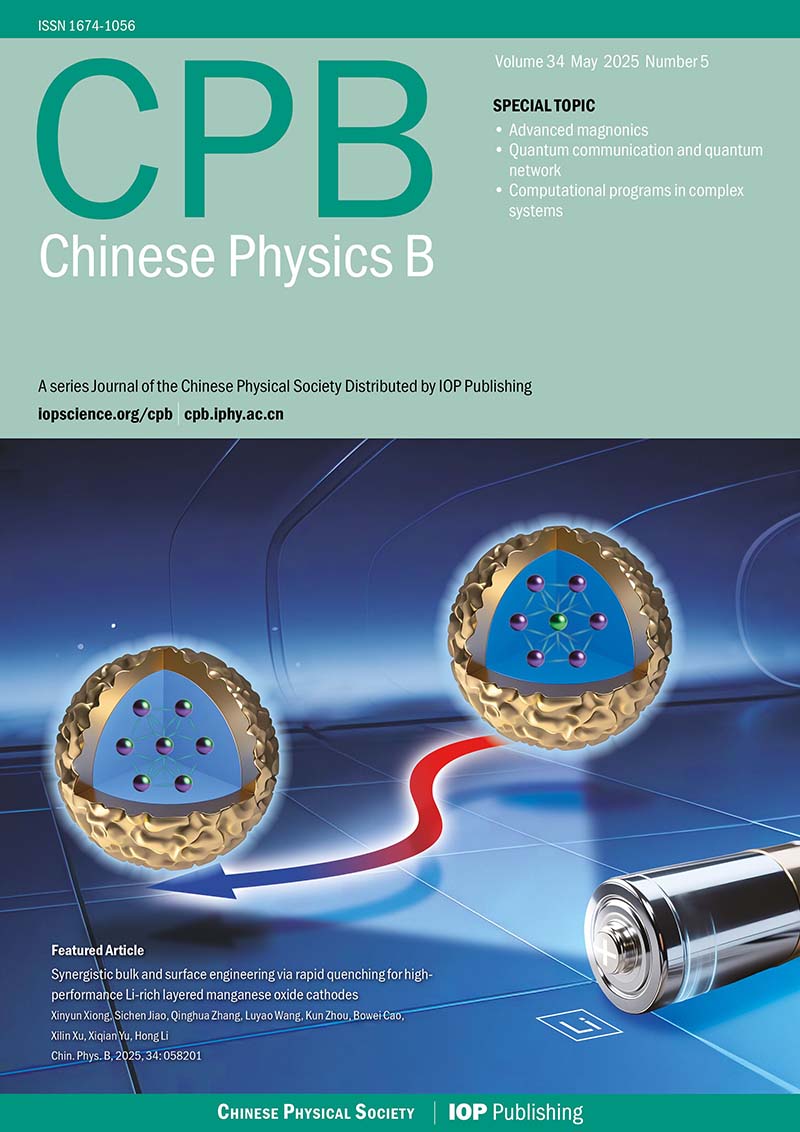Residual occurrence and energy property of proteins in HNP model
- Available Online: 30/12/2015
-
Key words:
- HNP model /
- molecular dynamics simulation /
- residue hydrophobicity
Abstract: Four categories of globular proteins, including all-α, all-β,α+β, andα/β types, are simplified as the off-lattice HNP model involving the secondary-structural information of each protein. The propensity of three types of residues, i.e., H, N, and P to form a secondary structure is investigated based on 146 protein samples. We find that P residues are easy to form α-helices, whereas H residues have a higher tendency to construct β-sheets. The statistical analysis also indicates that the occurrence of P residues is invariably higher than that of H residues, which is independent of protein category. Changes in bond-and non-bonded potential energies of all protein samples under a wide temperature range are presented by coarse-grained molecular dynamics (MD) simulation. The simulation results clearly show a linear relationship between the bond-stretching/bending potential energy and the reduced temperature. The bond-torsional and non-bonded potential energies show distinct transitions with temperature. The bond-torsional energy increases to the maximum and then decreases with the increase of temperature, which is opposite to the change in non-bonded potential energy. The transition temperature of non-bonded potential energy is independent of the protein category, while that of bond-torsional energy is closely related to the protein secondary structure, i.e.,α-helix orβ-sheet. The quantitatively bonded-and semi-quantitatively non-bonded potential energy of 24α+β and 23α/β protein samples are successfully predicted according to the statistical results obtained from MD simulations.

 首页
首页 登录
登录 注册
注册






 DownLoad:
DownLoad: